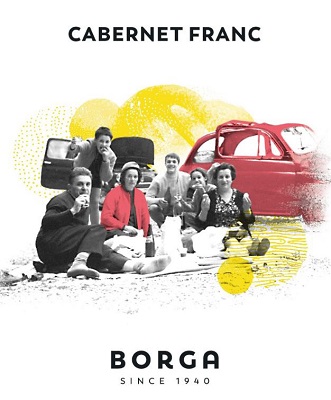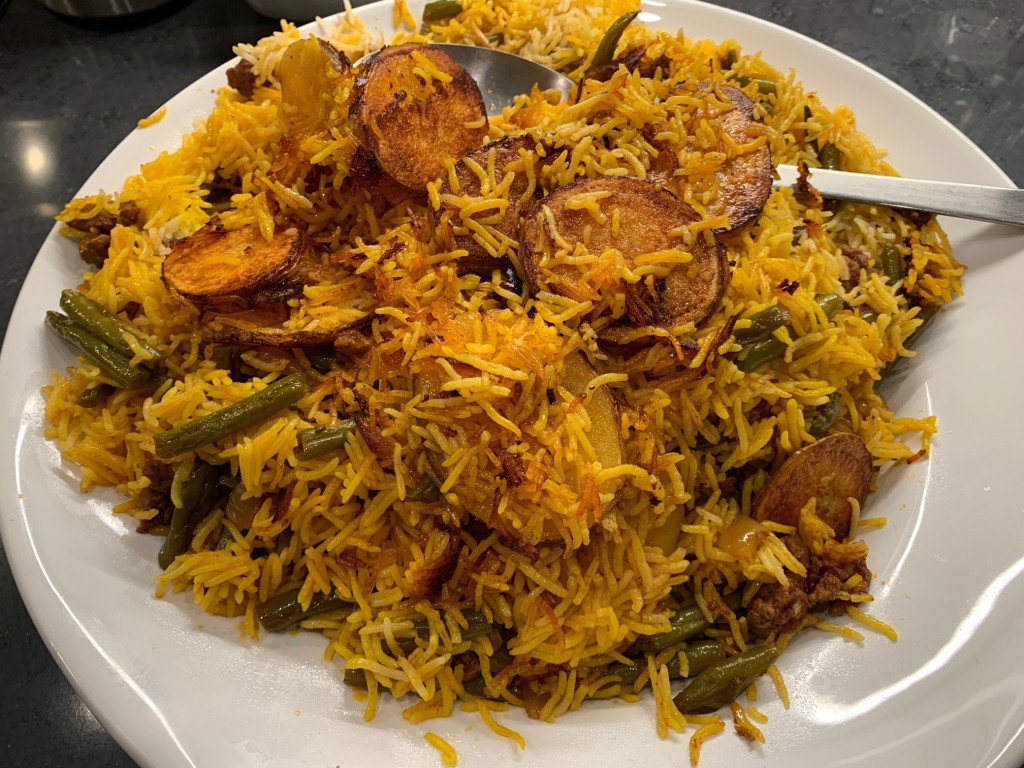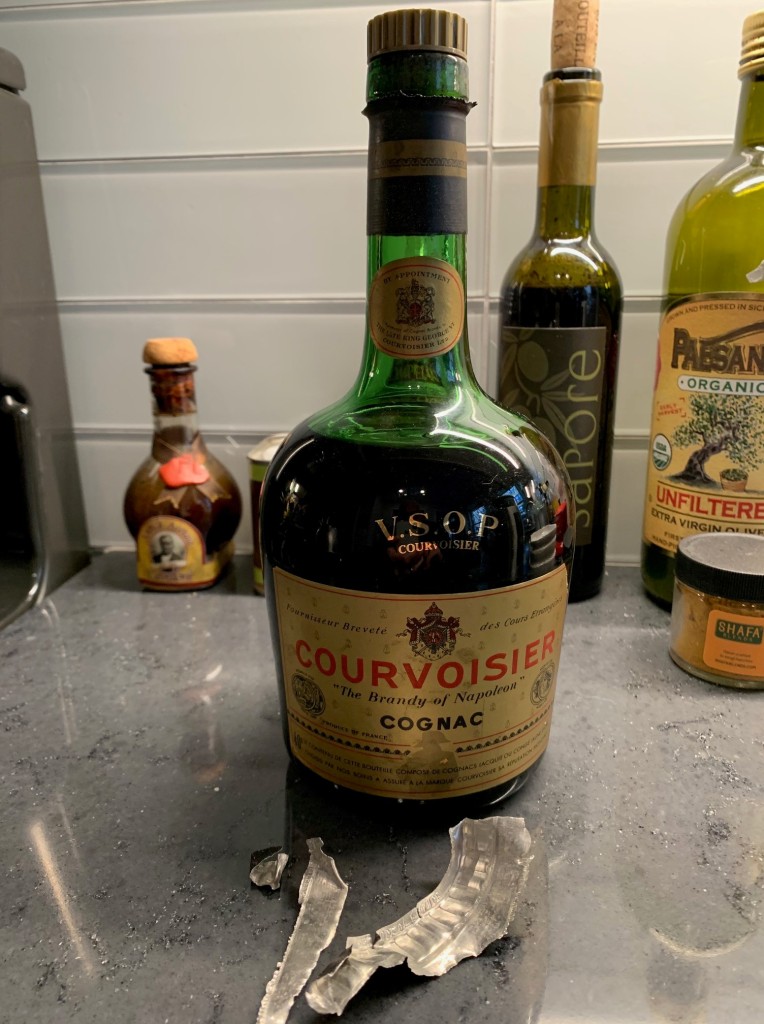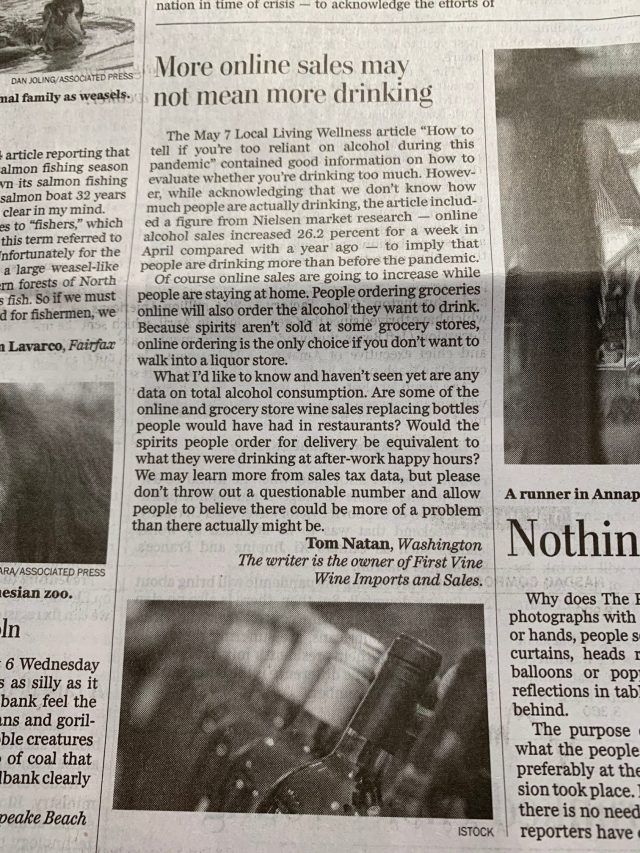
Surprise! A First Vine blog post. I had to look back at the date of my last one – May 29, 2021 – to remind myself the last time I wrote something for this blog.
I’ve had breaks before, but this one is different. At close of business on January 31, I’ll be shutting down the First Vine website, and this is my last post.
There are a bunch of reasons. Getting stock is more difficult and takes longer. Prices are going up, and not just because of tariffs. And I’ve been feeling it’s time to move on for a while now. Selling anything is difficult – don’t be fooled when people say “XYZ practically sells itself!” That “practically” part has a lot to it. And the difficulties have increased over the years, due partly to external economic circumstances. First Vine rode the waves of the “great recession” coming one year after starting business, and now is exiting at the end of the second year of the pandemic. In between there were plenty of successes, not least with the concept and the flexibility to choose wines myself rather than relying on other importers/distributors to get them. But I don’t have the enthusiasm to try and reinvent the business anymore, a sign that it’s a good time to stop.
Now it’s on to new things. In September, I started my first semester in Tufts University’s online Masters of Public Health/Epidemiology and Biostatistics program. This is an extension of my long-term work and interest in environmental health and the decision to start it was spurred by the pandemic and long-standing problems like lead contamination in DC’s drinking water. I hope to get a job with a local health or environment department or NGO when I finish. One of the most rewarding parts of my previous environmental work has been that it could make a difference in people’s lives and health, and it will be great to be able to do that again. I’d like to think that getting people good wine also made a difference in their well-being, but the world of wine has a lot more offerings than when I started First Vine. Y’all will be in good hands.
So I hope you’ll indulge me in some reminiscing and perhaps a little sentimentality. First Vine got its DC online alcohol license just about 15 years ago to the day. Inventory arrived four months later and we officially started selling. This blog started as a newletter five months after that and converted to a blog two years later. Here are some things that stand out from all those years of importing, selling, and writing:
Winemakers. People who grow grapes and make wine are farmers, cooks, chemists, and artists. They often work on the “worst” land and contend with the elements and other things beyond their control to make a product that has greater consistency from year to year than anyone has a right to expect. I’ve found that if I like someone’s wines, I probably like the someone who made them, too. (That hasn’t necessarily been the case for artists or writers.)
Old Vines. Wine is an exception in the agricultural world: the product gets better as the plant that produces the fruit gets older. Very old trees still produce apples, but I haven’t heard anyone say that the apples themselves are any better than the same varieties from younger trees. Maybe really old oak trees give rise to better truffles than younger ones, but I haven’t come across any evidence of that. It’s a comforting thought as I get older myself. (Anyone remember those “You’re not getting older, you’re getting better” commercials? Well, it can be both.)
Travel. Importers routinely get invited to wine-producing places, and that was awesome. But the junkets were far outshone by other trips when I could plant myself in a region. Not only visit my producers (see Winemakers, above) but spend time to explore the countryside, towns, cities, restaurants, etc. Seeing how the scrubbiness of the western part of Provence looks so much like California. Tracking architectural changes in churches built during different centuries. Comparing local bakeries. Visiting city history museums. Drinking wine from a village and eating cheese produced in the same village, knowing that the goats munched on the plants surrounding the vines. Seeing restaurant menus change daily depending on what the farms within a 10 km radius had available. (This last one is more common here these days, but it wasn’t in the mid- 2000s when I started.)
Changes. If winemakers from the 18th and 19th century could travel to today, they’d recognize some of the wines, but almost nothing else about the business. Advances in technology and communications invariably made the wine business into more of a global wine business. You won’t find me waxing nostalgic about the old days, since we can now get pretty much any wine from anywhere in the world with a few keystrokes. And yet, some things never change. I asked Tilar Mazzeo, author of The Widow Cliquot, what Madame might have thought about her champagne being owned by the same company that also owns her then-arch rival, Möet. She was a fierce competitor, after all. She hired pirates to evade sea blockades to get her product to customers in Russia, maintaining a market share that Möet couldn’t match. And she developed the modern method of clarifying champagne and hid it from her competitors for years. Ms. Mazzeo replied that Mme Cliquot-Ponsardin would likely have grudgingly admired the reach of LVMH and reconciled herself to be happy with the sales even if she had to grit her teeth doing it. Still, she’d have no doubt maintained that her champagne was better than Möet’s.
More Changes. Seriously, though, I feel like I started First Vine in horse-and-buggy times, even though it wasn’t all that long ago. I actually placed many orders by fax in 2007, believe it or not. And I had to train most of my producers to answer e-mails – even if the response was that they’d get back to me in a week or two. (Before I said something about it, they’d eventually respond when they had the information I needed. Meanwhile, I would assume they hadn’t received my e-mail and send another.) I also had to learn to negotiate. I would base my offer on what I thought I could sell the wine for and work back to what I could pay the producer. And I’d earnestly back it up with numbers. Every time, though, producers would suggest that we could “Couper le poire en deux.” (Cut the pear in two, or split the difference.) After a few of those exchanges I realized what I could ask for and how to do it without the rigamarole on my part. I still had to do the homework, but just for me, not for them.
Still More Changes. There’s a lot of handwringing in the wine world about how the youngsters are moving away from wine. It’s a real concern for people who sell it. But what I haven’t seen much is an acknowledgement of the wide world of beverages available to them (other than that those interlopers are stealing market share.) Many of us old-timers gravitated toward wine because the world of beer and spirits wasn’t as broad, at least not what was available as we started taking alcohol seriously. To be honest, I’m not sure I’d be quite the wine lover I am if I’d have had the current world of craft beer and spirits back in the day. Maybe the key is to emphasize what wine does best in situations where people have more choices. For example, if I ever opened a restaurant or bar (and please, kill me if I seem like I’m going to), I’d love to pair beer, wine, cocktails, and non-alcoholic drinks with each menu item as small flights.
Colleagues. People who sell wine for a living are an interesting bunch. I’ve learned from many of you and also had the opportunity to share some off-the-charts memorable wines. (I know where you live and will definitely be visiting.) Then, the writers. People who write about wine need to be jacks-of-all trades: reporters, opinion writers, historians, reviewers. I’m pleased that so many have taken it on with enthusiasm. Despite the fact that almost no one who writes about wine makes a living doing it. And I’m also grateful to the professional (non-wine) writers who have generously helped me along the way. I’m not always a good student when it comes to editing or getting to the point, but you tried, and I appreciate it.
Customers. I continue to be grateful that people liked our wines. Friends and family, for sure. But even more, the complete strangers who came across the website and ordered things they hadn’t tasted before. And came back for more. And to my fellow retailers who bought from First Vine, I really appreciate that you thought that wines I selected were things your customers would buy, too.
Support. What can I say about the people who supported me in the business all these years? You provided encouragement and advice, plus opportunities for joy and commiseration. I’d give you all a lifetime supply of fabulous wine if I could. But I have to single out two people in particular. First is Dare Wenzler, who shared my naivete and decided to take a leap and start the business with me. What the hell were we thinking? 😉 The second is my husband Cy, who is patient, kind, and generous. I couldn’t imagine having done this without you, and I’m grateful that you’re as excited about the next phase as I am.
That’s it for my last post. Keep enjoying wine, everyone, and let’s raise a glass to the future.
Cheers!
Tom
P.S. I thought about posting one last recipe, but instead I’ll give you a list of my five favorites. You can find them all in the Recipes tab above. In theory, this blog will exist in digital perpetuity, so I hope you’ll be able to refer back when you want to.
Favorite recipes: Cassoulet, Cy’s Ginger Birthday Cake, Olive Oil Pine Nut Cake, Pork Cooked in Red Wine with Carrots, Roman-Style Cod.
















